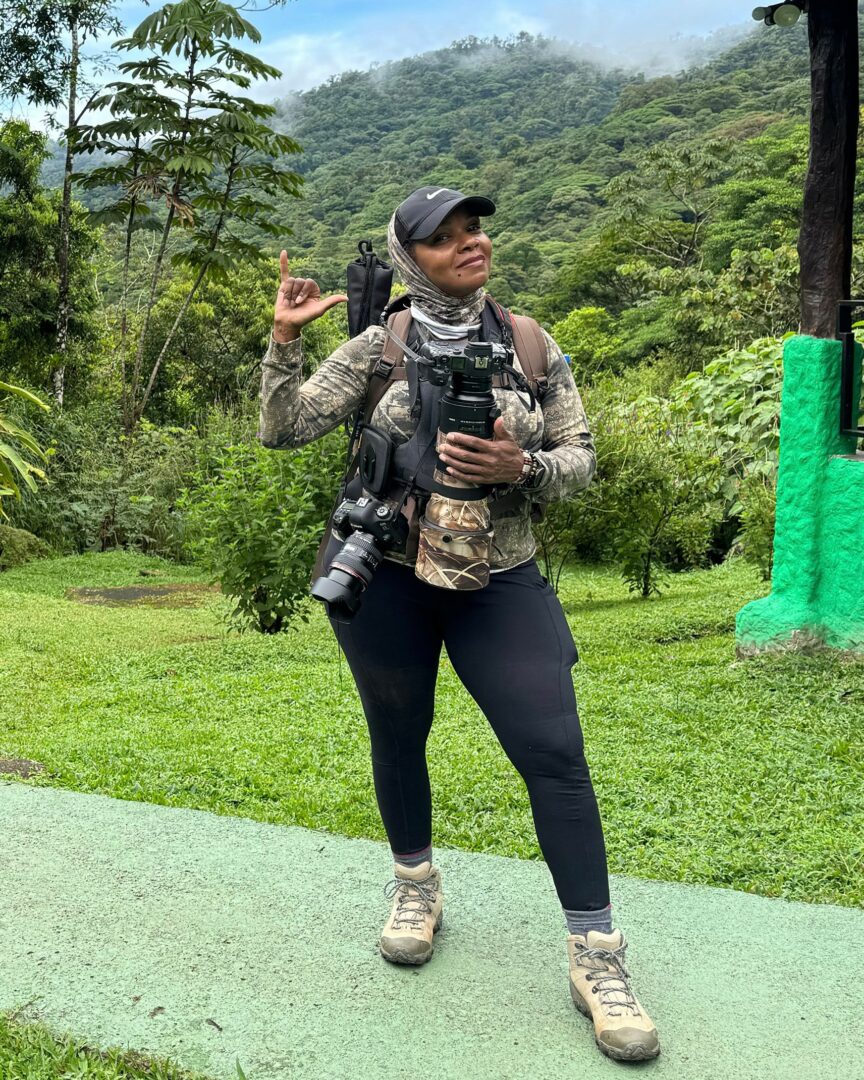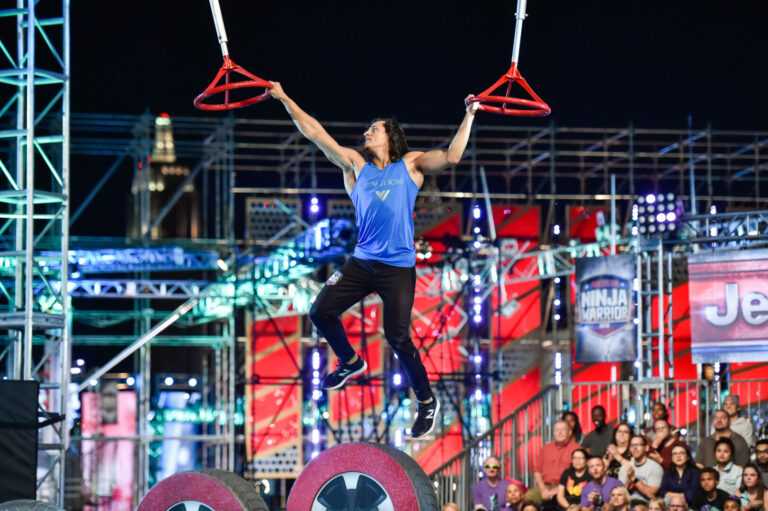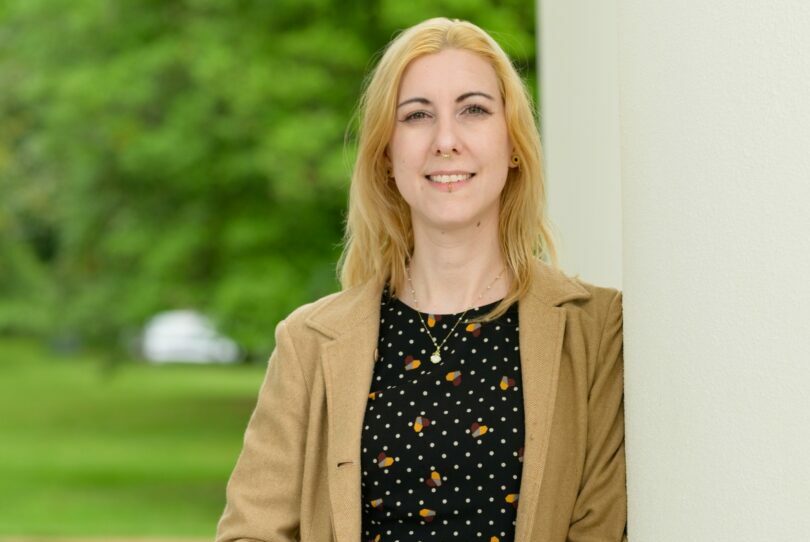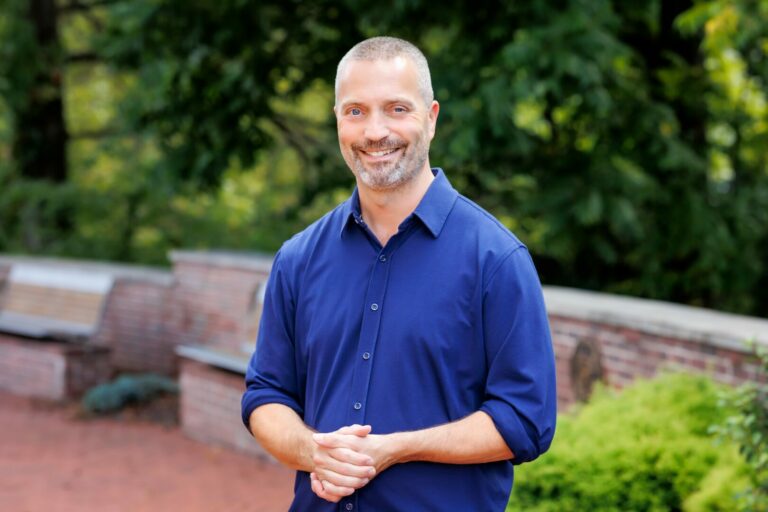We recently had the chance to connect with Angela Ledyard and have shared our conversation below.
Angela, so good to connect and we’re excited to share your story and insights with our audience. There’s a ton to learn from your story, but let’s start with a warm up before we get into the heart of the interview. What is a normal day like for you right now?
A normal day for me right now usually starts with checking the weather forecast to see if it will allow me to pursue my photography goals. If the conditions are good, I head out with my camera to capture birds, landscapes, or whatever the day may bring. If the weather doesn’t cooperate, I restructure my day — often using that time to catch up on editing, creating content for my YouTube channel, or diving into reading and research that fuels my photography and travels.
Can you briefly introduce yourself and share what makes you or your brand unique?
Hey everyone, I’m Angela Ledyard. I’m a nature photographer and content creator with a passion for capturing the beauty of wildlife, birds, nature, and landscapes. What excites me most is sharing not just the images, but the process behind them — the travel, the gear, and the small discoveries along the way.
I create YouTube content for women and BIPOC photographers who want to explore nature and travel with a camera in hand. My goal is to make nature photography feel approachable and empowering, whether that means learning how to use a telephoto lens to capture birds in flight or figuring out how to pack light for a road trip or car-camping adventure.
For me, photography isn’t only about the final shot — it’s about the story, the experience, and helping others see that they, too, can create meaningful images while exploring the natural world.
Great, so let’s dive into your journey a bit more. What did you believe about yourself as a child that you no longer believe?
As a child, I believed that being successful meant having a high-paying job, a great husband, a kid or two, and a big house. That picture of success was everywhere — in my family, in my community, in the media — and I grew up thinking that if I checked all those boxes, I’d “make it.”
For many years, I pursued that version of success. I built a long career in business management and human resources, working in the legal industry where I supervised staff, managed budgets, handled benefits, and took care of the details that kept organizations running smoothly. On paper, I was doing everything right — I had stability, responsibility, and the kind of role that people often equated with success.
But over time, I realized something was missing. The work was valuable, but it wasn’t the whole of who I was. I craved freedom, creativity, and connection with something bigger than an office. That realization didn’t happen overnight — it built slowly, through small moments of burnout, reflection, and the pull I felt every time I was outdoors with my camera.
Photography and travel opened up a new definition of success for me. Now, success isn’t about chasing titles or possessions — it’s about creating space for experiences that bring joy and meaning. It’s being able to road trip across the country with my camera, capture a sunrise or wildlife, and share those stories with others on YouTube. It’s about inspiring other women photographers and creators to step into nature and know that their stories matter, too.
For me, success has become less about checking boxes and more about living a life aligned with my passions — where creativity, exploration, and community are at the center.
If you could say one kind thing to your younger self, what would it be?
If I could say one kind thing to my younger self, it would be: you are amazingly authentic. Growing up, I often felt the pressure to fit into a mold — to follow the traditional path of success, to meet expectations that weren’t entirely my own. At times, I second-guessed whether being myself was enough, or whether I needed to adjust who I was to be accepted or valued.
What I see now is that my authenticity was always my strength. It’s what allowed me to build a career where people trusted me, it’s what guided me toward a creative life in photography, and it’s what continues to fuel the way I share my journey with others. Authenticity is what connects me to the women interested in outdoor photography and BIPOC creators I speak to — because they, too, are carving their own unique paths.
If my younger self had truly believed in her authenticity, she would have known sooner that she didn’t need to chase anyone else’s definition of success. Today, I embrace it fully — because being authentic is not only enough, it’s the most powerful gift we can give ourselves and others.
I think our readers would appreciate hearing more about your values and what you think matters in life and career, etc. So our next question is along those lines. What would your closest friends say really matters to you?
My closest friends would say that understanding, appreciating, and connecting with nature truly matters to me. They see how much time I spend outdoors with my camera, how alive I feel when I’m on the road, and how I light up when I’m sharing a new bird, a wildlife sighting or a stunning landscape. For me, nature is not just a backdrop to life — it’s a foundational root of our existence.
I live by example in showing how nature benefits us in countless ways: peace of mind, clarity, education, and even community. Being in nature has taught me patience, observation, and respect for life in all its forms. Photography allows me to capture and share those lessons with others, encouraging them to slow down, step outside, and reconnect with the natural world.
In a time when it’s easy to get caught up in speed, technology, and noise, I find grounding in nature. It’s where I feel most authentic, and it’s where I hope to inspire others to look for beauty, balance, and perspective in their own lives.
Thank you so much for all of your openness so far. Maybe we can close with a future oriented question. What do you understand deeply that most people don’t?
What I understand deeply — and what I think many people overlook — is that being in nature is not about race, class, or privilege. You do not have to spend thousands of dollars to experience the best of what nature has to offer. Some of the most meaningful experiences come from simply stepping outside, noticing a bird song, watching a sunrise, or walking a trail close to home.
My ancestors lived in rhythm with the land. They built community, gathered knowledge of flora and fauna, and understood that survival and wisdom were deeply tied to nature. That connection runs in me, too. For generations, nature was not a luxury — it was life itself.
Today, I see how society has programmed us to believe the opposite — that spending hours inside offices, then retreating into homes, somehow represents success, productivity, or safety, while being in nature is “inconvenient” or even “unnecessary.” I believe the truth is the reverse: nature restores us, teaches us, and reminds us of our place in something larger. For me, being in nature is about returning to something essential — something that belongs to all of us, regardless of background. It’s about remembering that connection, honoring it, and passing it on.
Contact Info:
- Website: https://angelaledyard.com/
- Instagram: https://www.instagram.com/chasing_bitsofnature/
- Facebook: https://www.facebook.com/angelaledyardphotog/
- Youtube: https://www.youtube.com/@AngelaLedyard/about
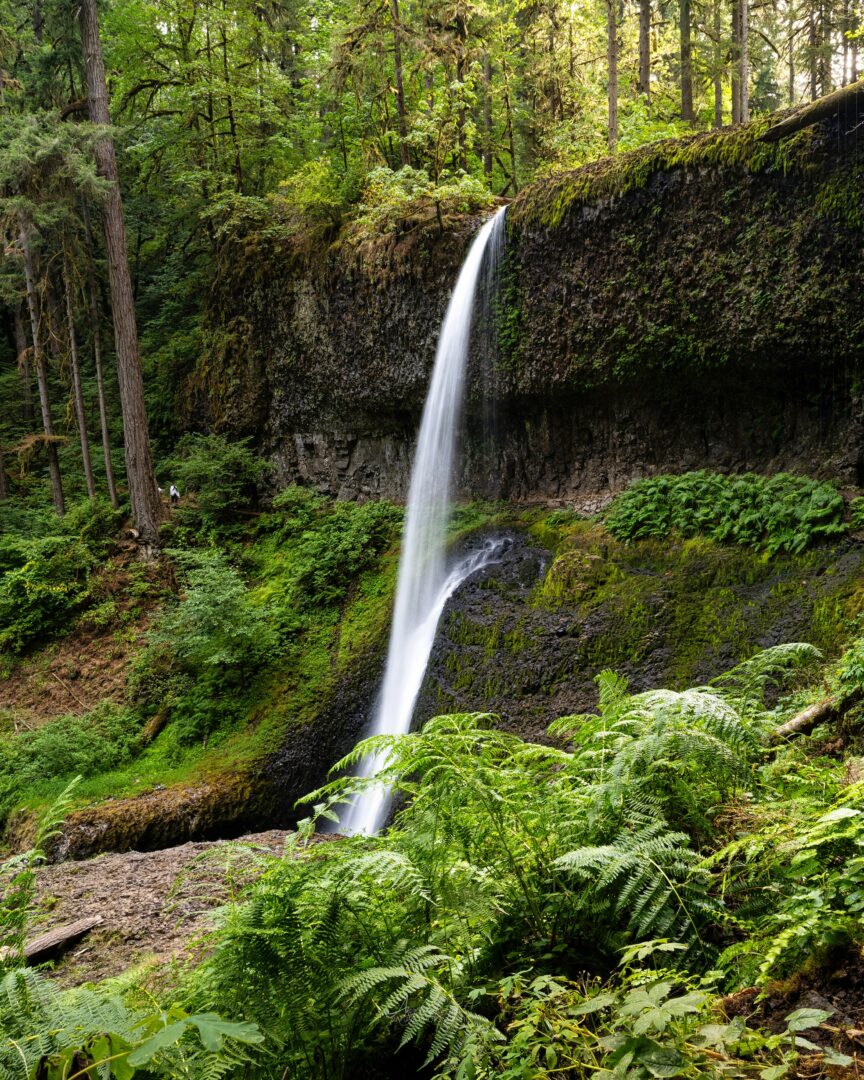
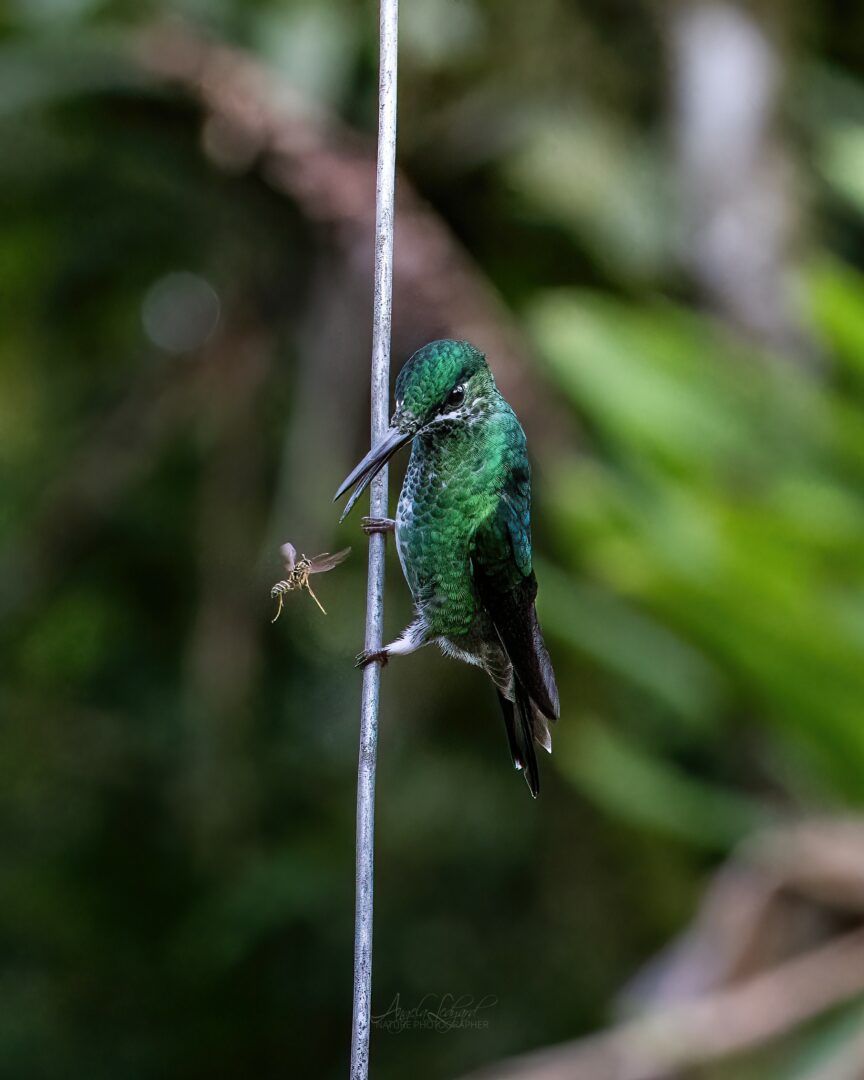
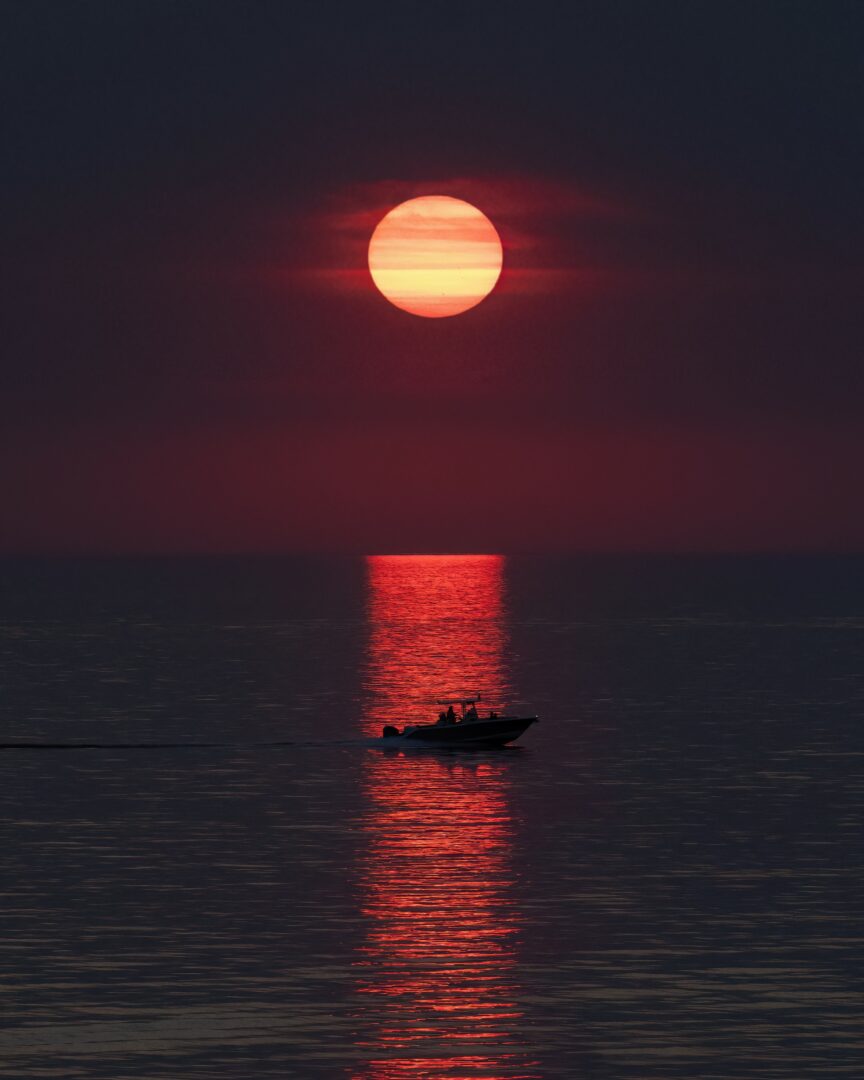


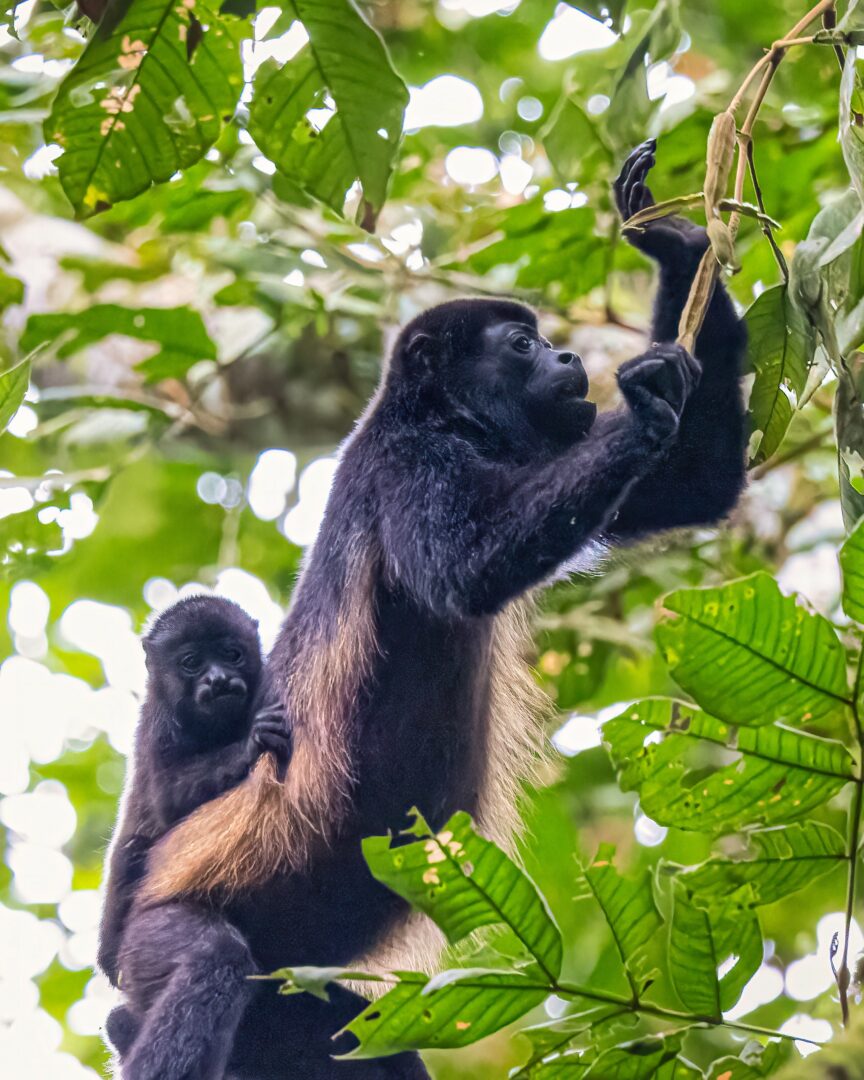
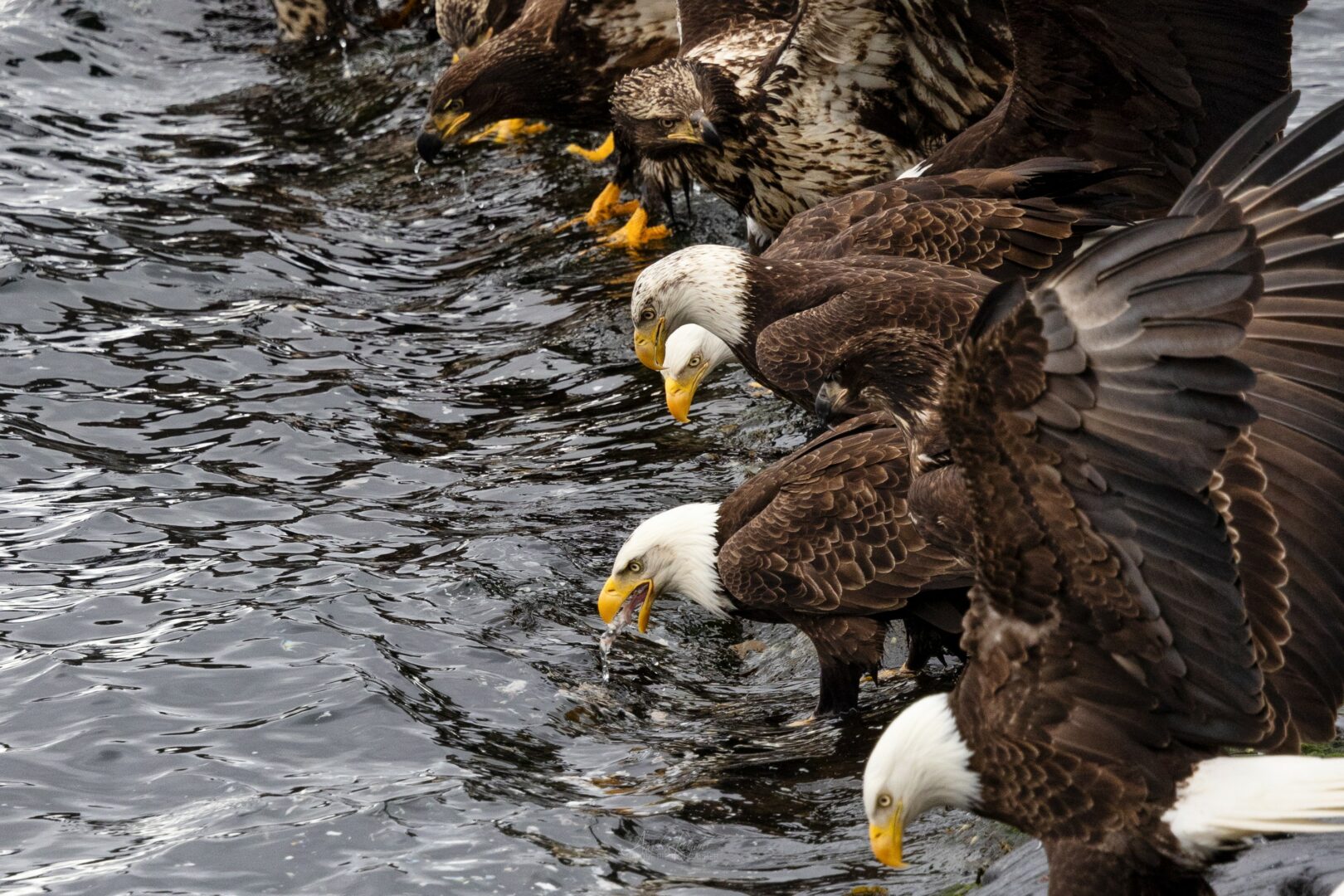
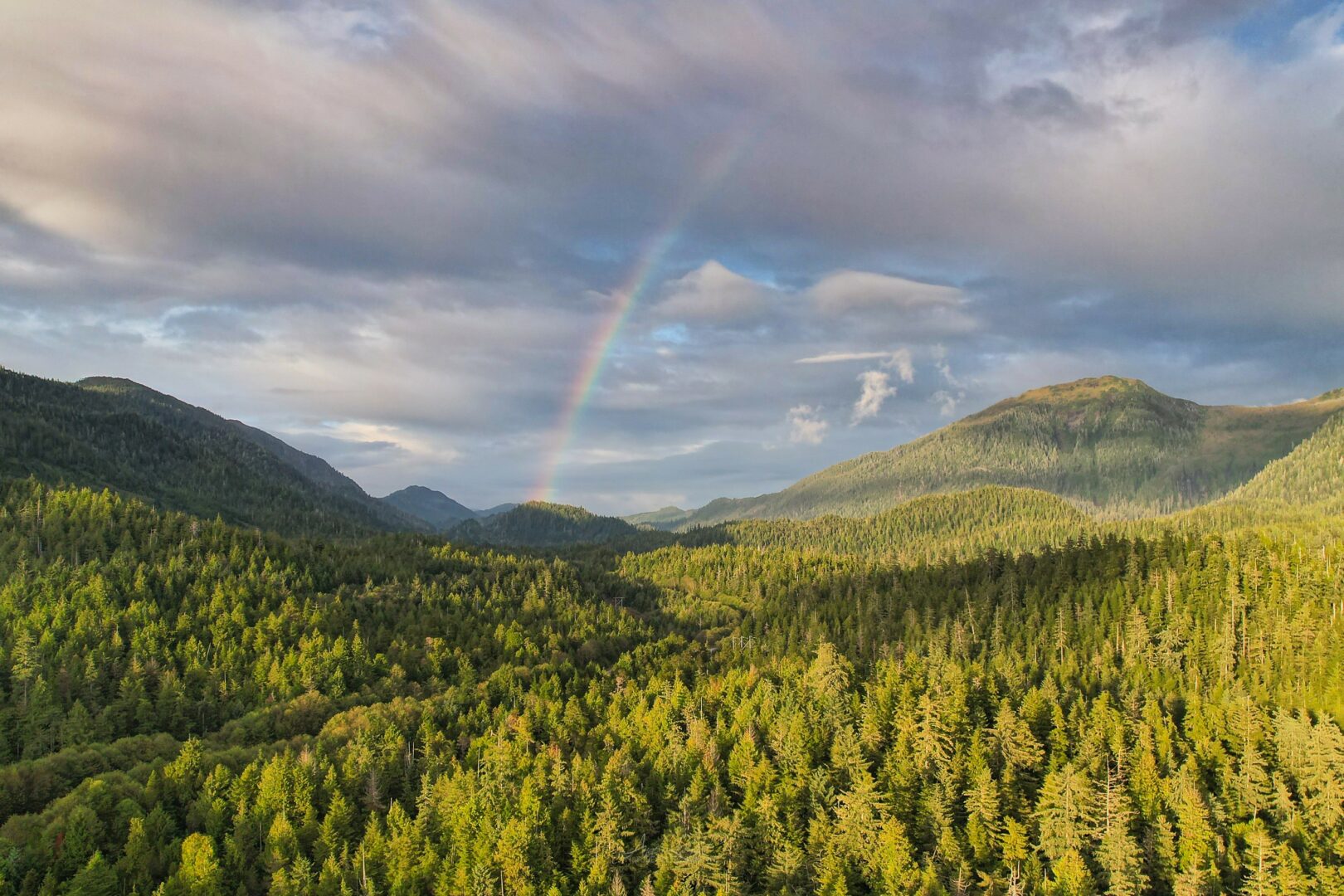
Image Credits
All photos taken by Angela Ledyard Photography, except the image of me.
The image of me with my gear was taken by Alberto Palma Chaves, CR Guide and Photographer
so if you or someone you know deserves recognition please let us know here.

